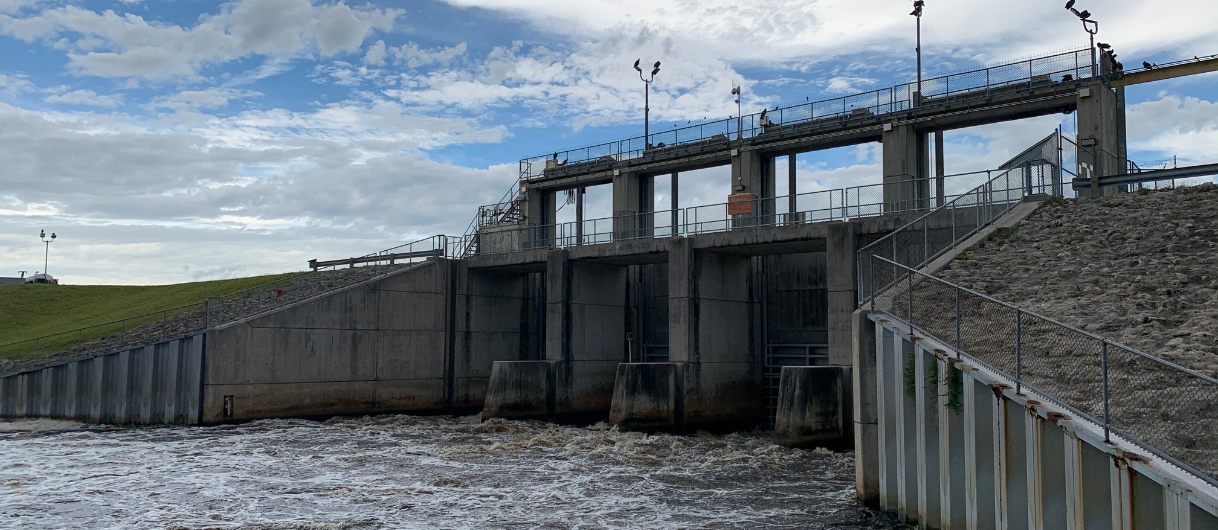It’s time for Big Agriculture to help stop discharges — here’s how they can do it
It’s time for Big Agriculture to help stop discharges — here’s how they can do it

Here’s an idea whose time has come.
The key thing to realize about the system of drainage and water conveyance around Lake Okeechobee is that the system was built, and continues to be operated, to serve corporate agriculture – and not you.
And in fact, at nearly every juncture, YOU are on the hook for THEIR problems.
In a comprehensive white paper issued March 7, the Stuart-based Florida Oceanographic Society detailed the privileges afforded Big Sugar and Big Ag, and what life might look like along the estuaries if those privileges were curbed.
Hint: Life would look a lot cleaner.
The white paper points out that taxpayers — not the agricultural industry — footed the $2 billion bill to construct the man-made wetland called stormwater treatment areas, or STAs, south of Lake Okeechobee. This is where water must flow to get clean before it can be discharged to the Everglades.
And taxpayers also pay half of the $22 million it costs the South Florida Water Management District to operate the STAs each year.
But who gets first dibs on capacity in the STAs? Not you.
Big Ag gets virtually all of it. Nutrient-laden runoff from the Everglades Agricultural Area always has first priority when it comes to filling the STAs. Then, if there’s any room left — and there rarely is — some water from Lake Okeechobee can flow to these wetlands.

But when the lake is high, most of the water instead goes to the Caloosahatchee and St. Lucie estuaries, playing havoc with salinity levels, contributing to the death of seagrass and marine life mortality, turbidity, and when blue-green algae is present, the discharges can trigger catastrophic blooms.
But, you know, Big Ag is sitting high and dry; Big Ag gets perfect drainage for the fields, so it can enjoy bumper crops.
This, even though as we detailed in our “Deep Dive” last week on the sources of water pollution, Big Ag is far and away the primary polluter in and around Lake Okeechobee, meaning they caused the problem, the taxpayers funded the solution, and Big Ag gets to dominate the resultant system even as the taxpayers/residents and wildlife along the northern estuaries suffer.
This system is blatantly unfair; it may be legally defensible, but it is in no way morally defensible.
In fact, it’s obscene.
But the white paper issued by Florida Oceanographic Society offers a common sense solution, one that requires some give and take from an industry that’s taken much over the years.
FOS notes that new developments are required to hold and treat water flowing from the site.
Why shouldn’t the corporate farm field south of Lake O do the same?
This “on farm water storage” strategy is recommended as a best management practice, or BMP, an is being utilized elsewhere, like Mississippi, where water retained on agricultural lands is later used to irrigate the fields.
“It should be the responsibility of the landowners to store and treat the Basin Runoff before entering the waters of the state,” states the FOS white paper — and we couldn’t agree more.
The study also suggests raising the water table on farms; water-tolerate sugarcane cultivars could help prevent over-draining and soil oxidation. Changing land use, via crop rotation and other strategies, could also help.
The white paper concludes by noting that while significant progress on Everglades restoration has been made, the new Lake Okeechobee System Operating Manual should also help, “for LOSOM to effectively move water south to the Everglades and protect the northern estuaries, the STAs must have the capacity for Lake water primarily and function properly for nutrient filtration.”
Kudos to the Florida Oceanographic Society for laying it all out. But now it’s up to the public to demand action. And it’s up to policymakers to listen.
Read the white paper for yourself; then find your Florida Senator here; find your Florida Representative here. Reach out and tell them that for too long this clearly inequitable system has delivered great benefits to some, great harm to others.
It’s time for policymakers – and Big Ag – to do the right thing. At long last.


